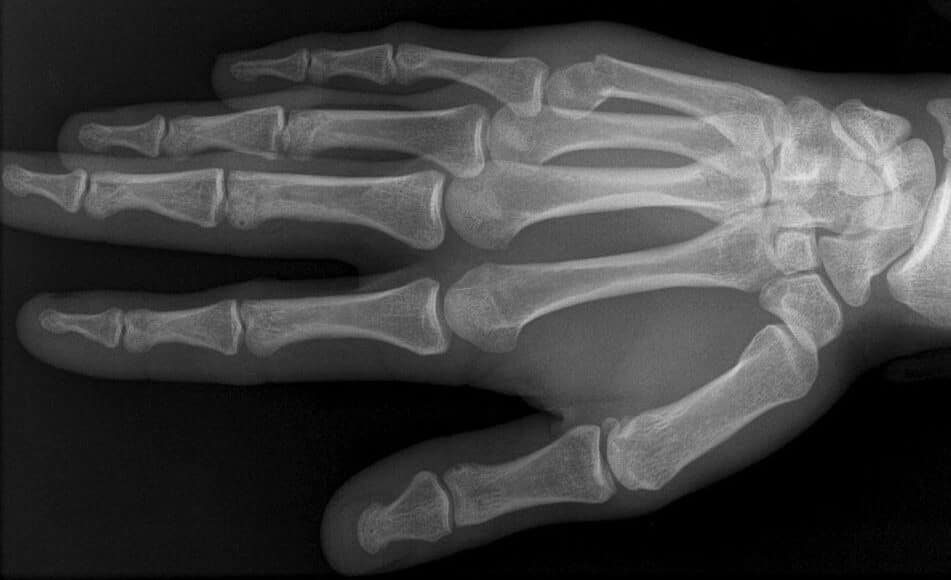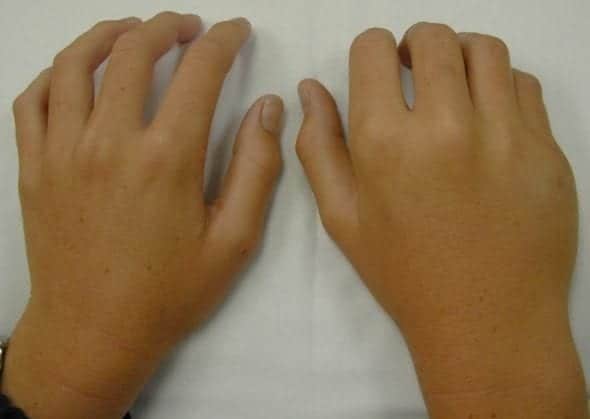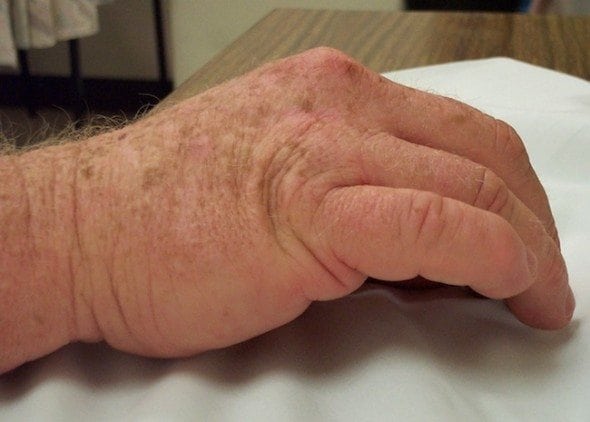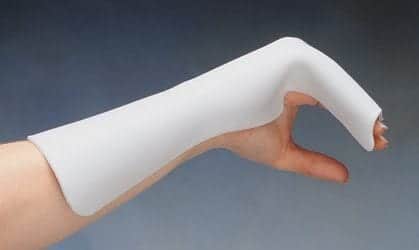Boxer’s fracture

Boxer’s Fracture (5th Metacarpal neck fracture):
- AKA = Intellectually Destitute Fracture
- A fracture of the forth or fifth metacarpal neck with volar displacement of the metacarpal head.
- One of the most common injuries seen in the ED, and occurs in 20% of patients that punch a hard object.
- The typical symptoms of a boxer’s fracture are pain or tenderness centered in a specific location on the hand corresponding to one of the metacarpal bones, around the knuckle.
- The patient may be reluctant to disclose the mechanism of injury related embarrassment, or fear or repercussions if they disclose it occurred in a fight. A high clinical suspicion should be used when assessing these injuries.
- If injury occurred during a fight, look for other injuries as well.

Emergency management of boxer’s fractures.
- Rest, Ice, Sling for support, Elevation
- Simple Analgesia= Paracetamol-codeine, NSAIDs.
- X-ray: AP and Oblique view should be obtained; lateral views can help with assessing angulation and other injuries in the carpometacarpal area.
- Open fractures require antibiotics, refer to local guidelines
- Severe fractures occur if angulation is greater than 45° or if rotation is greater than 20° external reduction is required.
- Refer to orthopaedics or hand surgeon
Treatment Options:
Currently there is no consensus on the correct management of boxer’s fracture. Immobilisation, functional treatment/minimal immobilisation can all be used with similar result. Discussion of the case with local hand or orthopaedic surgeon, will develop treatment plan and follow up, and will generally guide further management.
Immobilization:
- Closed reduction and external fixation with a brace or functional tapping, can sometimes align fracture ends sufficiently.
- Most frequently used is a dorsal plaster slab and finger extensor.
- Open reduction and internal fixation using Kirshner wires, and a dorsal stainless steel loop can also be used in severe fractures.

Minimal Immobilisation:
- Minimal mobilisation is effective depending on the degree of angulation and rotation of the metacarpal head, and is tending to become the more preferred method of managing boxers fractures.
- Minimal immobilisation can be considered when angulation greater than 45° with little or no rotation and slight displacement.
- With functional taping this is achieved by using elastic tape and buddy strapping the fourth finger against the fifth, with padding between them, to prevent deformity and pressure areas. A broad circular strap or compression glove supports the hand, which does not limit range of motion in any joint.

Follow-up and Discharge:
- If patients not admitted for operative repair, they should have follow up arranged at the orthopaedic or hand surgeon’s outpatient clinic.
- Psychiatric assessment should be part of the treatment of patients who present to outpatient clinics or emergency department with a Boxers Fracture. This can assess for anger management issues or antisocial traits that need addressing.
Reference
- Altizer, L. (2006). Boxer’s Fracture. Orthopaedic Nursing. 25(4), 271-273.
- Heins, K. & Heins, A. (2008). Management of Emergency Department Patients with Boxer’s Fractures: Functional Treatment or Immobilization. Advanced Emergency Nursing Journal. 30(4), 289-296.
- Mercan, S. et.al. (2005). Psychopathology and personality features in orthopaedic patients with boxer’s fractures. General Hospital Psychiatry. 27, 13-17.
[cite]
Emergency nurse with ultra-keen interest in the realms of toxicology, sepsis, eLearning and the management of critical care in the Emergency Department | LinkedIn |
